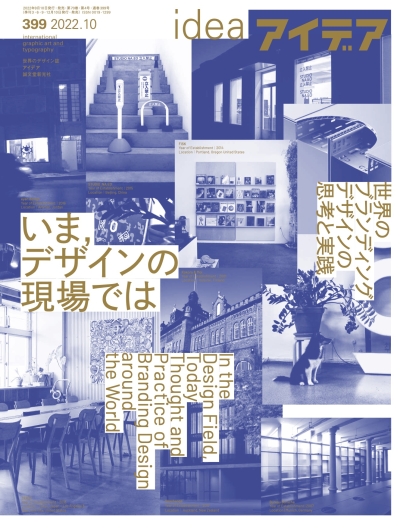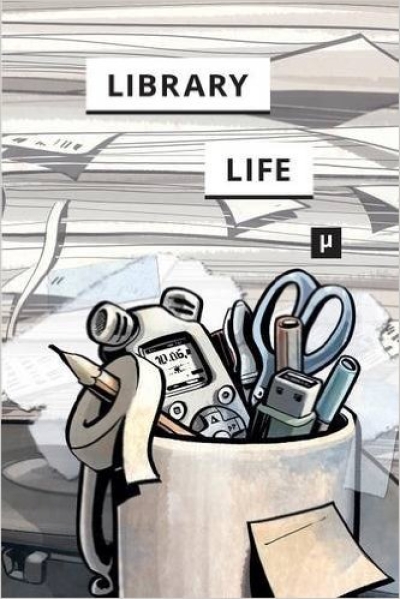
IDEA 399. In the Design Field, Today: Thought and Practice of Branding Design around the World
Direction by Idea
Design by LABORATORIES (Kensaku Kato, Megumi Moriya)
Cooperation with Saki Ho, Min-Young Kim
Today, the society has matured, companies and designers are finding it difficult to differentiate products and services from the abundance of those on the market simply by offering products with high functionality and quality or beautiful forms. Therefore, how to design user experience will be increasingly required as a role of the designers. One of the places to practice design for this purpose is in the field of branding design, which is the subject of this feature.
A necessary condition for successful branding design would be designing the products and user experience with an ideology consistent withthe company’s philosophy and organizational operations. For example, a company must release products and services with transparency and sustainability, better social and environmental considerations, and its business must give people a sense of fulfillment and enrichment. In this increasingly complex field of branding design, Design Thinking is an approach that organizes the thinking processes and methods of realization of ideas developed by graphic designers and makes them applicable to people other than designers.
This approach has been attracting attention as a global trend since around 2010. It was introduced to Japan as an innovative idea for transforming business and brought a great response. Many books on Design Thinking have been released since then. Indeed, anyone can handle this method, but people might have misunderstood andregarded it as an instant business theory. Since many people have learned that “design is problemsolving”, it has created the misconception that any issue can be solved if there is a design. It is as if the design is the magic word….
When designers work on a project, they usually examine the object closely and conduct a thorough investigation before they create the actual thing or concept. Also, to realize the idea, designers need specialized skills and have to train them. Designers must see the project as a whole in a broad view at the same time they also must consider the minute details of the object. The seven design studios in Japan, Asia, Oceania, the Middle East, Europe, and the United States that cooperated with us for this feature go through this process thousands of times. They have continually proposed new ideas and exciting designs to clients and consumers.
Although they differ in organizational management and scale, they are all practitioners of humancentered design, for they not only fulfill the wishes of their clients but also explore comfortable manufacturing environments and work with enthusiasm. We would be happy if this feature could provide hints for reconsidering the ideas originally advocated in Design Thinking through how those designers work on each project, and updating Design Thinking into a better form.

































































































